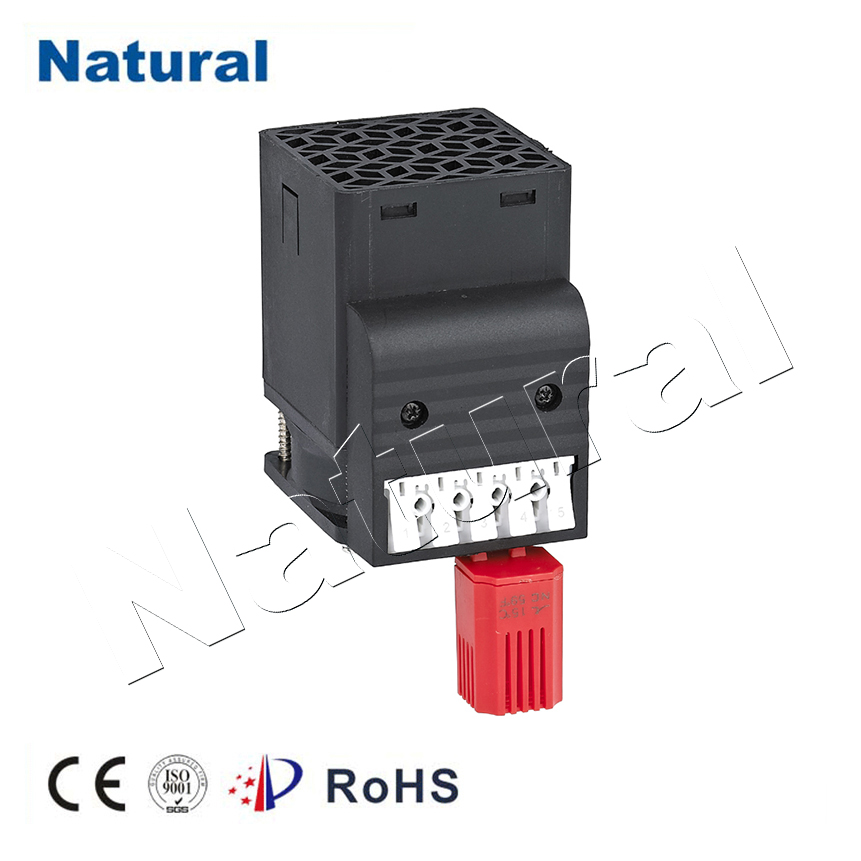文章:

Heater thermostats have become an indispensable part of our lives, silently working behind the scenes to keep us warm and comfortable during the chilly months. While we often take them for granted, these small devices have come a long way in terms of functionality and energy efficiency. In this article, we’ll explore the evolution of heater thermostats, from their humble beginnings to their role in modern homes. The Early Days The concept of controlling indoor temperature dates back centuries, but the first thermostat as we know it was invented in the early 17th century by Dutch inventor Cornelius Drebbel. His device used a mercury-based temperature sensor and relied on the expansion and contraction of the liquid metal to control a furnace. This was a significant step forward in heating technology, but it was far from the precise and user-friendly thermostats we have today. The Digital Revolution The 20th century saw a surge in innovation in the field of thermostat technology. The introduction of digital thermostats in the 1980s marked a major turning point. These thermostats replaced the traditional mercury switches with electronic sensors, providing greater accuracy and control over temperature settings. Users could now set precise temperatures and even program heating schedules, improving both comfort and energy efficiency. Smart Thermostats: A Game Changer In the past decade, smart thermostats have taken center stage in the heating industry. These devices leverage the power of the internet and smartphone connectivity to provide homeowners with unprecedented control over their heating systems. Brands like Nest, Ecobee, and Honeywell have led the way in this revolution, offering features such as remote temperature adjustment, learning algorithms, and energy usage tracking. One of the most significant advantages of smart thermostats is their ability to learn and adapt to a household’s heating preferences. Over time, they analyze user behavior and adjust heating schedules accordingly, maximizing energy efficiency without sacrificing comfort. For example, they can lower the temperature while residents are away and warm up the house just in time for their return. Energy Efficiency and Environmental Impact As concerns about energy conservation and environmental sustainability grow, heater thermostats have a crucial role to play. Modern thermostats are equipped with features like geofencing, which can detect when residents are leaving or returning home, optimizing heating settings accordingly. They also provide detailed reports on energy consumption, encouraging users to make informed decisions about their heating habits. Furthermore, the integration of smart thermostats with other smart home devices, such as occupancy sensors and weather forecasts, allows for even greater energy savings. These systems work together to ensure that heating is only used when and where it’s needed. Challenges and Future Prospects While heater thermostats have come a long way, challenges remain. Compatibility issues with existing HVAC systems can be a roadblock for some homeowners looking to upgrade to smart thermostats. Additionally, concerns about data security and privacy in the era of the Internet of Things (IoT) must be addressed to build trust among users. Looking ahead, the future of heater thermostats is likely to be even more interconnected and environmentally conscious. Integration with renewable energy sources, advanced predictive algorithms, and improved user interfaces are on the horizon. As technology continues to advance, these devices will play an increasingly vital role in our efforts to create comfortable, energy-efficient, and sustainable living environments. In conclusion, heater thermostats have evolved from rudimentary temperature control devices to sophisticated, energy-saving tools that enhance our comfort and reduce our environmental footprint. The journey from mercury switches to smart thermostats has been marked by innovation and progress, and the future promises even more exciting developments in this essential aspect of modern heating technology.